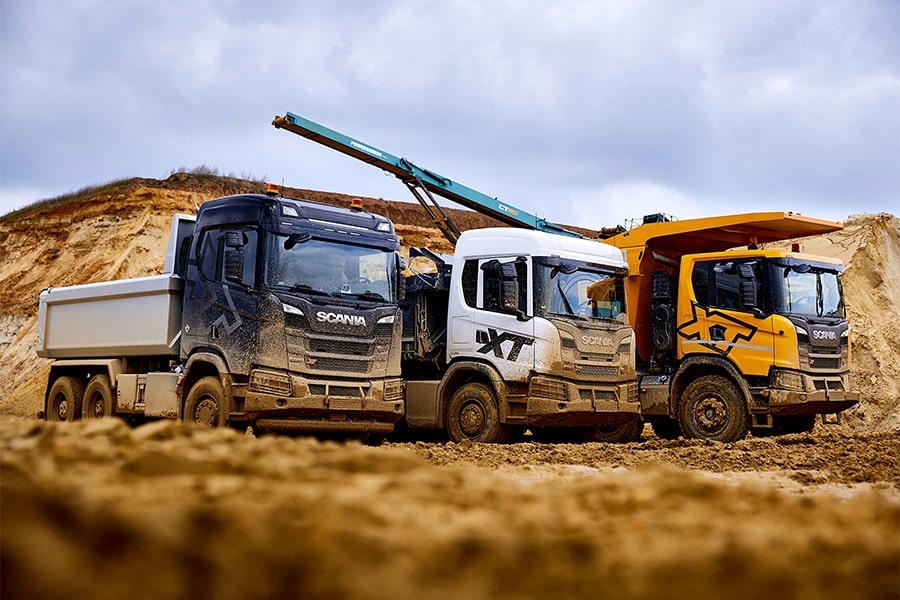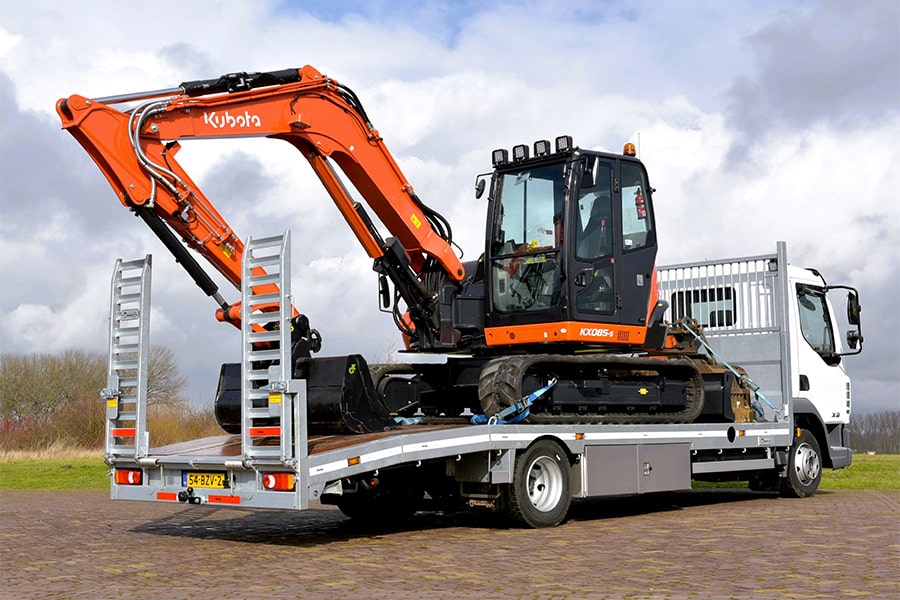
It takes time, diplomacy and technical insight
But who would have thought that it takes at least a year just to move the cables and pipes in the area in question? Moreover, it takes years of experience to manage this process.
For project ViA15, arranging the cable and pipeline process is in the hands of VHW Engineering. From the tender phase, it assists contractor combination GelreGroen in this specialized part of the preparations. According to a 'Third Party Cables & Pipelines' plan of approach, it ensures that the cables and pipelines in the area are relocated in such a way that the freeway can be built and the cables and pipelines can then be efficiently managed again by the network operators.
Plan of action
The 'Third Party Cables & Pipelines' plan consists of the inventory, categorization and coding of the existing cables and pipelines, drawing up the interfaces and bottlenecks per sub-area/work section, consultation with the network operators and telecom companies involved, participation in design and phasing consultations, working out the final relocation plans, communication with the network operators, process monitoring and coordination of the actual relocation of the cables and pipelines. Implementation requires time, diplomacy and technical knowledge.

Approximately thirty stakeholders
The cables and pipelines in the work area are managed by no fewer than twelve third-party cable and pipeline network operators and eighteen data managers/telecom providers. Of all these parties, VHW Engineering found out the contacts, and then consulted with them about the relocation, modification and protection of their networks. Then the formal process started with the request for modification (VTA) of a cable or pipeline. In accordance with laws and regulations (NKL'99/Telecom Act), the relocation costs do come partly at their expense, which is recorded in a project agreement (POS).
Divergent interests
"On top of that, all grid operators want to serve their customers optimally," says Henk van Wijlen, senior consultant Cables and Pipelines at VHW Engineering. "The gas suppliers don't want the moment of reconnection in the winter; then their customers are out in the cold. The water companies don't want it in the summer because that is precisely when fresh water is essential. So the interests diverge. Our challenge is to create understanding for each other so that we can work toward the most favorable solution."
"On Hengelderweg, the first relocations are now being carried out for structure 59," says Hans van Helvoirt, partner of VHW Engineering. "We have then been busy for almost a year; the contacts with the network operators have gone well."



